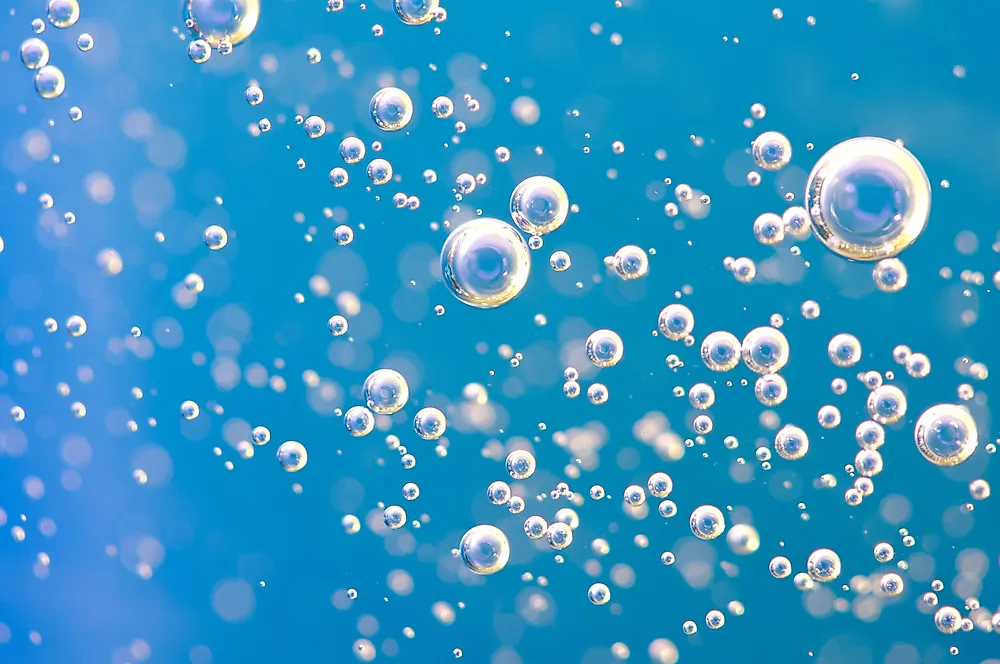How Was Oxygen Discovered?

Oxygen is a non-metal chalcogen gas that is represented by the letter O on the periodic table of elements. Oxygen was discovered in England by Joseph Priestley in 1774. Carl W. Scheele had also discovered oxygen in Sweden in 1771, but his account had gone unpublished until 1777. Standard oxygen is colorless, tasteless, and has no odor. The name oxygen is derived from two Greek words, oxys which means acid and genes which translate to forming.
Discovery of Oxygen
Scheele experimented by heating several compounds which included manganese oxide, mercury oxide, and potassium nitrate and realized they produced a gas that increased combustion; he named this gas fire air. Priestley, on the other hand, heated mercury oxide using sunlight on mercury using a magnifying glass. The mercury emitted a gas which made a candle burn faster than usual. Priestley also ran an experiment to find out if the gas could support life. He put a mouse in a jar with the newly found oxygen gas. He only expected the mouse to survive for five minutes, but he was astounded when the mouse remained alive after an hour.
Naming Oxygen
Antoine Lavoisier is the one who named the element oxygen. Lavoisier carried out the same experiments as Priestley to learn more about the gas, and he found out that air is composed of about 20% oxygen. He discovered that during combustion oxygen combines chemically with the burning substance. Lavoisier also found out that the amount of the gas produced during the combustion of mercury oxide was equal to the amount of weight lost by the mercury oxide, and when substances react with oxygen, they gain weight similar to the weight lost from the air. From this experiment, Lavoisier came up with the law of conservation of matter which states that in chemical reactions, the matter is preserved.
Early Discoveries
Several scientists had discovered a substance with the same properties as oxygen before its discovery and isolation. Some of the early discoveries include Leonardo da Vinci’s in the 1550s; he found out that a percentage of air is utilized during combustion and respiration. Robert Hooke, in 1665, found out that potassium nitrate contained a substance that was present in the air. In 1668, John Mayow documented the presence of a gas used in combustion and respiration in the air. He named the gas spiritus nitro-aereus and it is presumed the gas was oxygen. Mayow discovered that combustion does not take place in air devoid of the gas. He also found out that animals take up the same gas in their blood during respiration and that the air exhaled by animals had a less amount of spiritus nitro-aereus gas than the one present in the open air.
Oxygen Facts
Oxygen is not poisonous however oxygen at higher pressures could cause convulsions. Oxygen is more easily dissolved in cold water than in warm water. Oxygen is restored to the atmosphere by photosynthesis. Oxygen is more soluble than nitrogen in the water, and it is more soluble in freshwater than sea water. Oxygen plays an essential role in supporting life in the universe. Most living things need oxygen to survive.











